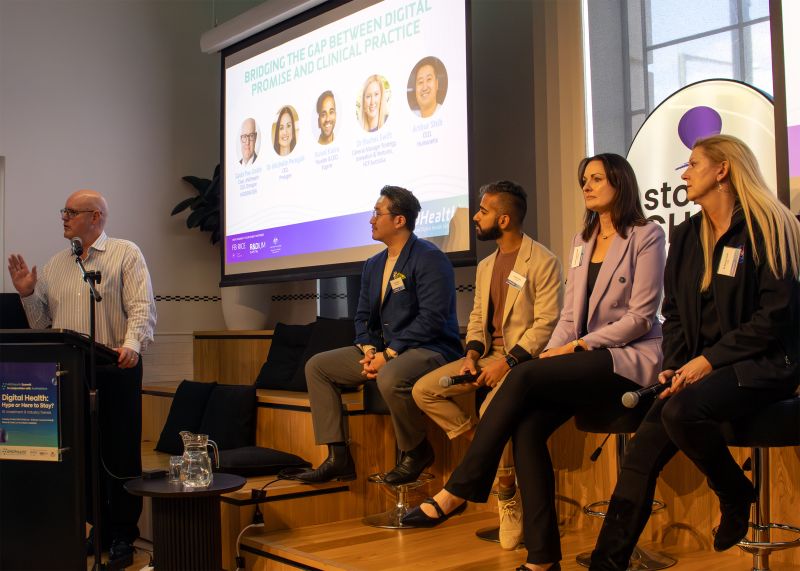One Step at a Time, Not Do Everything at Once
Arthur emphasises a phased approach to change management in healthcare. "One step at a time, not do everything at once," he advised, underscoring the importance of gradual implementation. This approach ensures that modern technologies are seamlessly integrated into existing workflows, minimising disruption and maximising acceptance among healthcare professionals. The goal is to ensure that the technology serves the needs of clinicians without overwhelming them.
Arthur pointed out, "The technology is here, "but health organisations need to understand how it fits in their workflow." This statement highlights the critical role of healthcare organisations in tailoring technology to their specific operational needs. It is not enough for technology to be innovative; it must also be practical and compatible with healthcare providers' daily routines.
Collaboration is the Path to Successful Implementation
Successful change management in healthcare hinges on collaboration between technology providers and healthcare professionals. Clinicians and doctors are more likely to embrace innovative technologies when involved in decision-making and see the tangible benefits of these innovations. Technology providers must prioritise understanding the unique challenges healthcare providers face and working closely with them to develop highly customised solutions.
"We must understand that changes can happen overnight, but we must be careful not to focus on things we (solution providers) can do and not create a big installation. Often, it is our job to fix particular use cases and build a system for customised solutions.", Arthur added, focusing on the importance of starting small and scaling up only when initial implementation proves successful. Technology providers can build trust and pave the way for broader adoption by focusing on specific use cases and demonstrating clear improvements.
Key Takeaway: Don’t make the clinicians fit into your system
One crucial takeaway from the panel discussion was the need for technological solutions to adapt to clinicians' workflows, not the other way around. "Don't make the clinicians fit into your system," Shih urged. This principle is fundamental to successful change management in healthcare. By respecting healthcare professionals' established practices and expertise, technology providers can ensure their solutions enhance rather than hinder clinical practice.
As the healthcare industry evolves, integrating technology will play an increasingly vital role in improving patient outcomes and operational efficiency. However, the path to successful adoption lies in careful, collaborative change management. We can bridge the gap between digital promise and clinical reality by taking a phased approach, involving healthcare professionals in the process, and developing customised solutions that respect existing workflows. Humanetix is committed to supporting clinicians in this journey, ensuring that technological advancements enhance their invaluable work rather than complicate it.
Discover how Humanetix can help your organisation build a future where technology and healthcare professionals work hand in hand to deliver the best possible care.
.svg)





